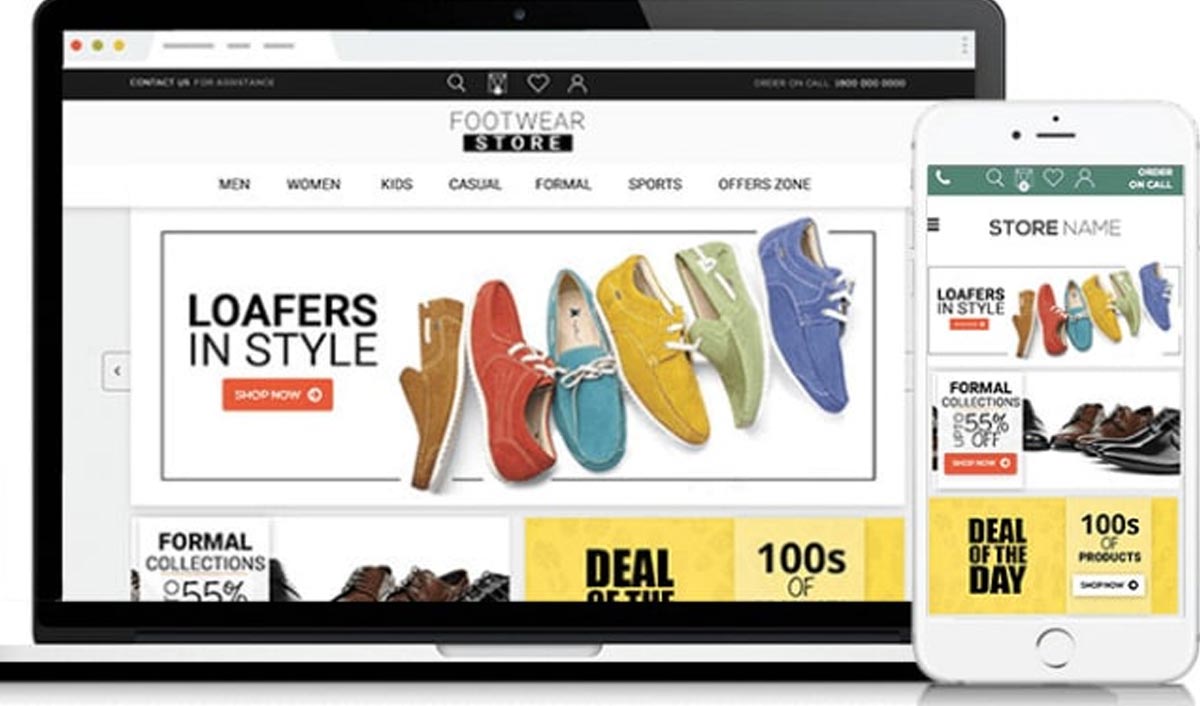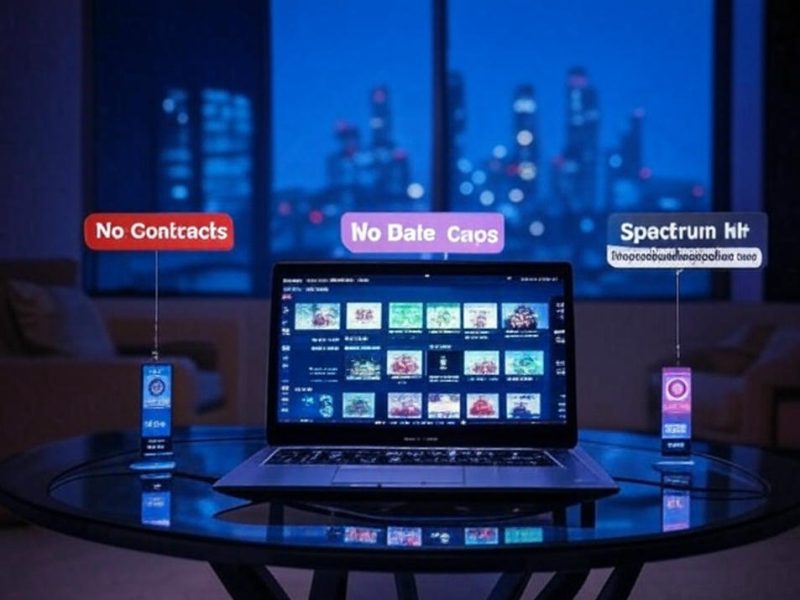The move from “purchasing” to “experiencing” lies at the heart of a flawless eCommerce conversion consumer experience. Allowing your consumers to explore, decide, share, and then learn from their experiences is the key to expanding your internet company. Optimize Through SEO company in Noida.
Over time, eCommerce conversion A/B testing has progressed from an introductory comparison study to a data-driven process. Businesses and website owners may use this strategy at each point of the client journey.
We’ll walk you through 14 eCommerce conversion improvement methods in this blog article that will make your cash registers ring quicker than before.
also read – The Advantages of Working With an Interior Designer
1. Personalize Recommendations by Using Your Browsing History
Did you know that 45 percent of online customers prefer to purchase from a business that provides individualized recommendations? So, suppose you’re not using user history on your online store to give a tailored shopping experience and retarget your consumers. In that case, you’re likely losing out on a vast potential to boost conversion rates.
Product suggestions are the ultimate eCommerce conversion optimization method that you should use. Keep track of user information like location, traffic sources, preferences, and purchase history to promote goods that are top of mind for your consumers.
2. Maintain a Stable Shopping Cart
Many online shops use persistent shopping carts to affect shoppers’ purchasing decisions favorably. This is because 56% of visitors keep their carts for later and take days or weeks to finish their purchases, and you need to make sure their carts are still intact when they return.
3. Remove the Carousels that Rotate.
Carousels, as agreed, allow you to display more items, offers, and promotions. However, since they aren’t SEO-friendly, they irritate your visitors and slow down your website. Instead, utilize carousels that enable auto-rotation to halt on hover or stick to good old, enticing static pictures.
4. Make “Free Shipping” (or a Shipping Fee) available on product pages.
High delivery costs are a significant cause of cart abandonment, yet no shipping costs are the stuff of lovely shopping fantasies.
Businesses that provide free delivery have several benefits over those that do not. According to a Comscore research, 47% of shoppers would leave their carts if they were charged for shipping during the checkout process. As a result, ensure your consumers don’t get any unpleasant shocks throughout the checkout process.
5. Consolidate all ‘Ways to Save’ into a single location.
Create a one-stop bar or menu for them if your website offers several methods to claim discounts or freebies, such as via coupon codes, loyalty points, or newspaper clippings. The bargain-hunting mommies will shed a tear or two in appreciation and will always adore you the most for your thoughtfulness.
6. Offer live chat assistance
An efficient live chat software gives a smooth user experience by quickly and simply answering confusions and uncertainties, resulting in fewer drop-offs. Furthermore, repeatedly phoning customer service is the last thing a user attempting to make an online purchase wants to do. Think live chat when it comes to customer service effectiveness. Initiate a helpful chat session with that hesitant visitor who has been confusedly lingering over different components.
7. Encourage others to share
Shopify determined that 85 percent of all eCommerce orders come from Facebook, based on an examination of over 37 million social media visits. Another article on social commerce and online retail development discusses why social media should now be taken seriously when operating a successful eCommerce conversion firm.
8. Give them a 360-degree view of the products
Conversions rise when product visuals are more prominent. But you presumably already knew that. Take it further and give your customers a 360-degree perspective of your items. Don’t leave any ambiguities in your consumers’ minds. Allow them to have a closer look at items with a 360° perspective. This will offer consumers the trust in your products that product descriptions alone cannot.
Due Maternity added the 360-spin to their photos, which resulted in a 27 percent increase in conversions.
9. Don’t Put Your Faith on Trust Badges
Trust badges function as icebreakers. When first-time visitors see these badges, they are more likely to consider purchasing. House of Kids used VWO to perform an A/B test and found a 32 percent boost in conversions due to the trust mark.
By employing only the most well-known trust badges, you can give your visitors a true sense of security. Displaying a slew of lesser-known trust badges merely gives the impression of imposing a false feeling of security.
10. Create a sense of urgency and scarcity to entice visitors to stay.
The clock is ticking. There are only X more items in stock. Highlight the distinctiveness of your items to draw in visitors.
11. Incorporate product videos
People may visualize how they will feel once they hold the product in their hands by watching videos. According to Reel SEO, visitors who do not view the video but have the opportunity to do so convert at a greater rate than those who do not have the choice.
12. Instruct them to generate promotional codes
Craig Sullivan, a conversion guru, deserves all of the credit for this one. Customers are increasingly asked whether they have a discount code throughout the checkout process. If they have this code, offer them a blank box to type it in. This is something that a lot of websites use to boost sales. However, this strategy often backfires. The majority of visitors leave the site to search for active discounts on Google. They are often sidetracked by other items they discover and never return to finish their checkout.
13. Social Sharing After a Purchase
When it comes to enhancing a website’s conversion rate, thank you pages are often overlooked. However, failing to optimize your thank you page is rudely requesting them to leave your house (or website in this case). Sure, they’ve just purchased something and may not be ready to purchase anything else.
14. Use reviews and testimonials sparingly on product pages to build trust.
Use social evidence to persuade prospective clients to buy from you. Nothing beats the impact of reviews and testimonials in assisting consumers in making purchasing decisions and feeling confident in their choices.
Before trusting a local company, consumers examine an average of 10 internet evaluations.
Consumers are more likely to patronize a company if it has four or more stars.
Consumers read 89 percent of companies’ comments to reviews.
Final Thoughts
While the previous A/B test concepts and examples for eCommerce testing gave helpful information, never follow them blindly. Create a solid hypothesis and test it to determine what works best for your eCommerce conversion company.



